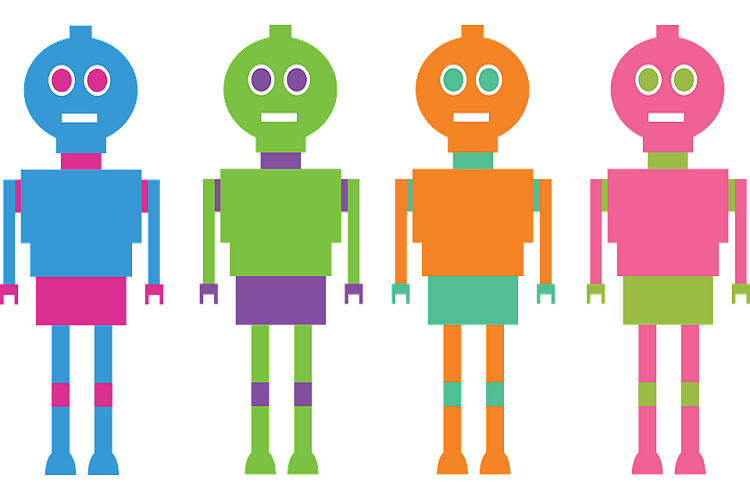
Robotic Process Automation (RPA) and Robotic Desktop Automation (RDA) is highly effective in streamlining work – though achieving and maintaining those results isn’t as simple as it seems, according to Pegasystems’ survey.
RPA has become a buzzworthy solution for organizations under pressure to modernize their legacy IT infrastructure and stay competitive. Gartner recently reported that “RPA software revenue grew 63.1% in 2018 to USD 846 million, making it the fastest-growing segment of the global enterprise software market.” It’s often positioned as a quick and easy path to digital transformation by automating cumbersome and mundane processes. To find out if robotic automation lives up to the hype, Pega polled more than 500 decision makers from global businesses in a mix of industries currently using RPA and/or RDA.
The survey found most respondents gain significant value from automating their operations with bots. In fact, 67% said that robotic automation is even more effective than they originally anticipated, while only 8% felt it was less effective than expected.
But getting to that point and staying there can be more challenging than expected. Survey respondents report the following issues:
- Bot deployment isn’t as easy as it sounds: Organizations are spending more time and effort getting bots up and running than anticipated. Deployment ranked as respondents’ top bot challenge, and half (50%) said bots are harder to deploy than they first thought. On average, only 39% of bots are deployed on schedule, and it typically takes 18 months on average to successfully push bots live into production.
- Bot lifespans aren’t all that long: Inevitable changes to the underlying enterprise architecture will likely lead to increased bot breakage over time. Already, 87% of respondents experience some level of bot failures. 44% said the amount of bot breakage is small, but 37% said it’s a moderate amount, and 6% think it’s quite large. Overall, maintenance ranked as the second biggest problem bot users face. On average, organizations think bots will last approximately three years, though their bot initiatives are only 1.8 years old.
- Bots need more maintenance than expected: With bot breakage a near certainty, RPA and RDA can’t be viewed as a set-it-and-forget-it task. 41% of respondents said that ongoing bot management is taking more time and resources than expected. Bots also add another layer of complexity to IT. How much? 38% felt their use brought more complexity than expected, while 26% said they added more ‘shadow IT’ issues than expected.
Despite these issues, one thing is clear: Bots deliver on their promise when deployed in the right situations. 66% think bots bring more value and ROI than originally expected, while only 13% have been let down by the amount of value and ROI they’ve seen. In addition, respondents ranked the top benefits of robotic automation as:
- Better work production: Respondents said ‘enabling people to work more efficiently, effectively, and accurately’ ranked as the biggest benefit of bots (picked by 51% of respondents).
- Healthier bottom line: ‘Reducing overall business costs’ ranked second with 45%.
- Happier employees and customers: 42% report the top benefit is improved employee experience, just edging out ‘improving customer experience’ (40%) for third place.

 In
In
Comments
cialis for cheap [url=https:
cialis for cheap [url=https://bbuycialisss.com/]Cialis[/url] cialis for daily <a href=https://bbuycialisss.com/#>Buy Cialis</a> Generico Levitra
Add new comment